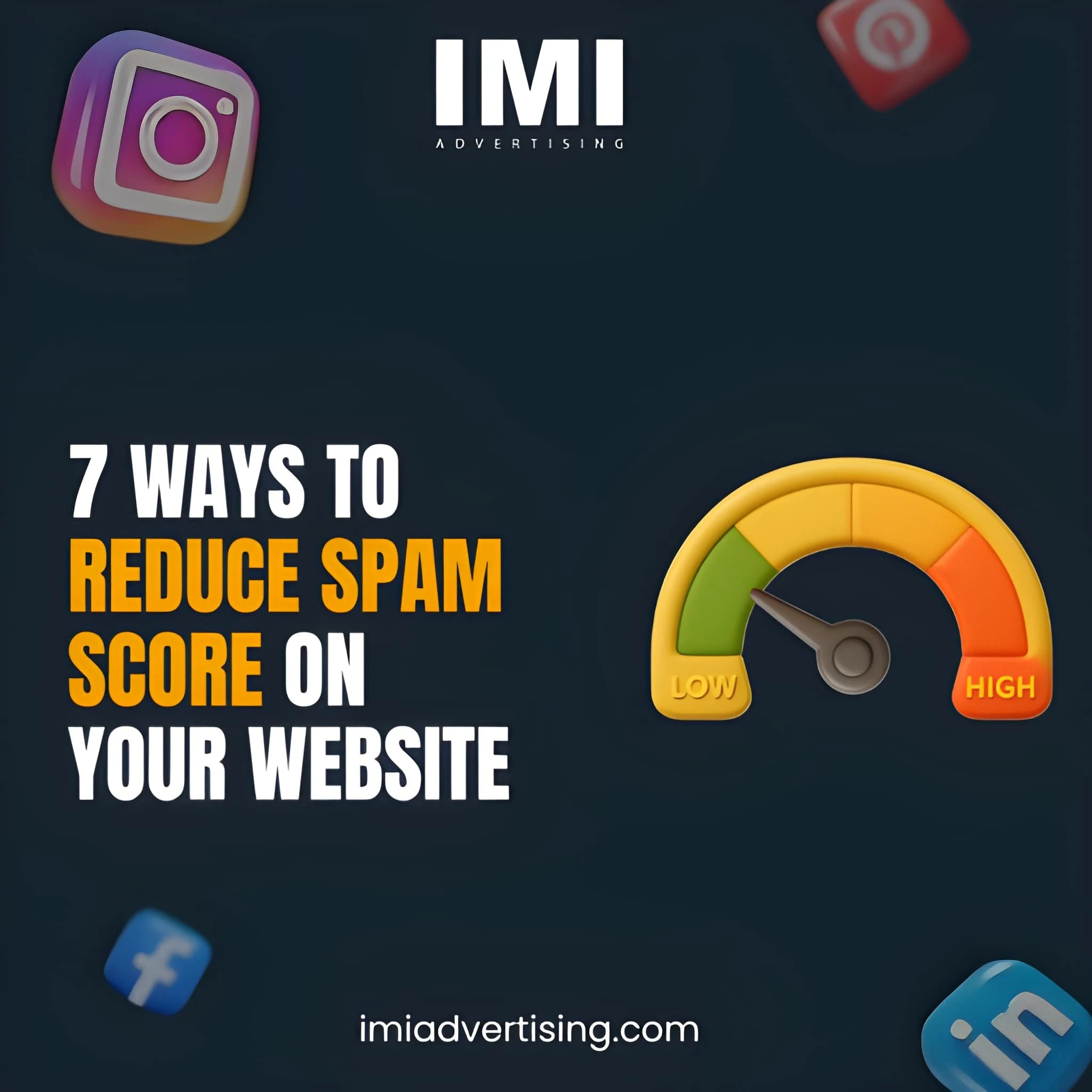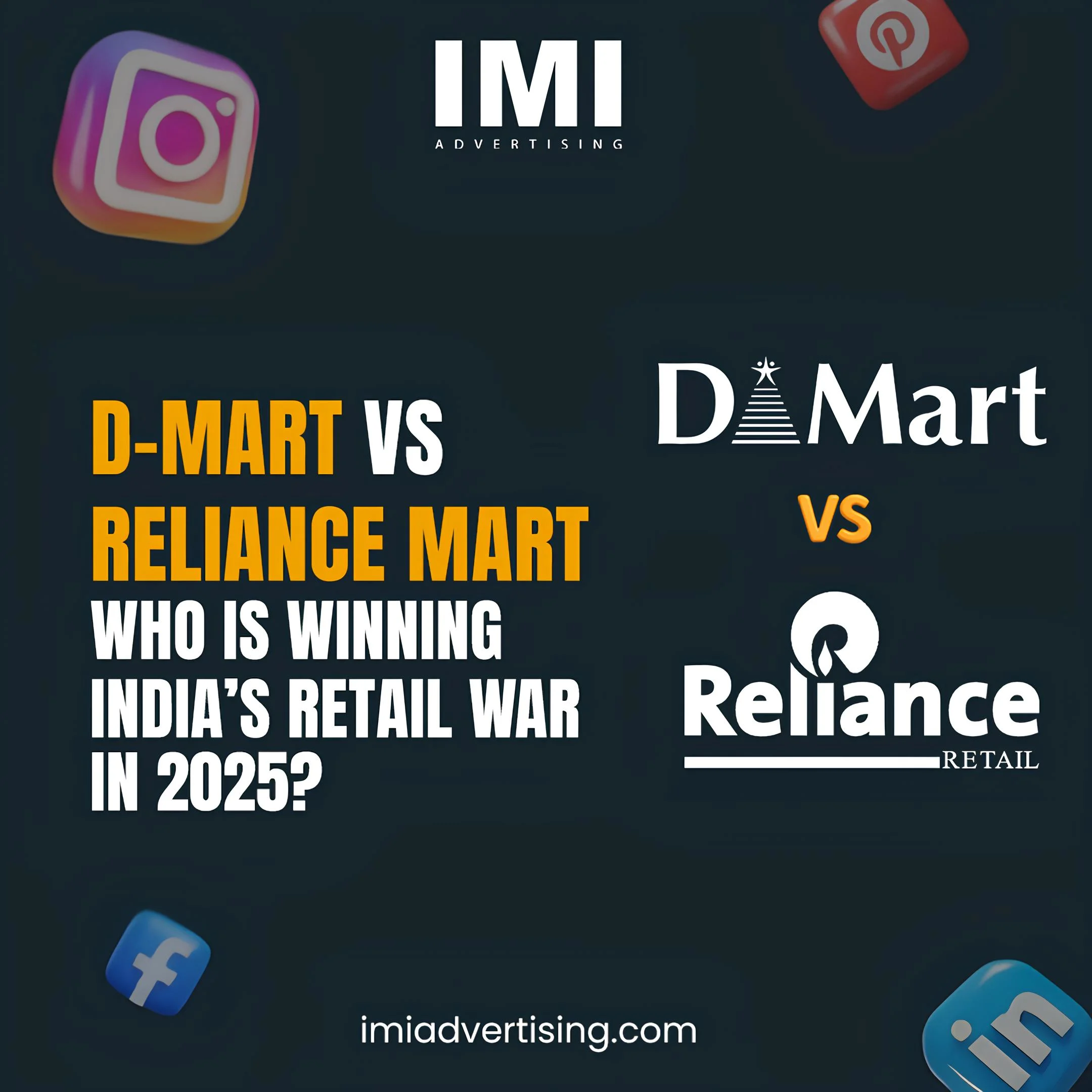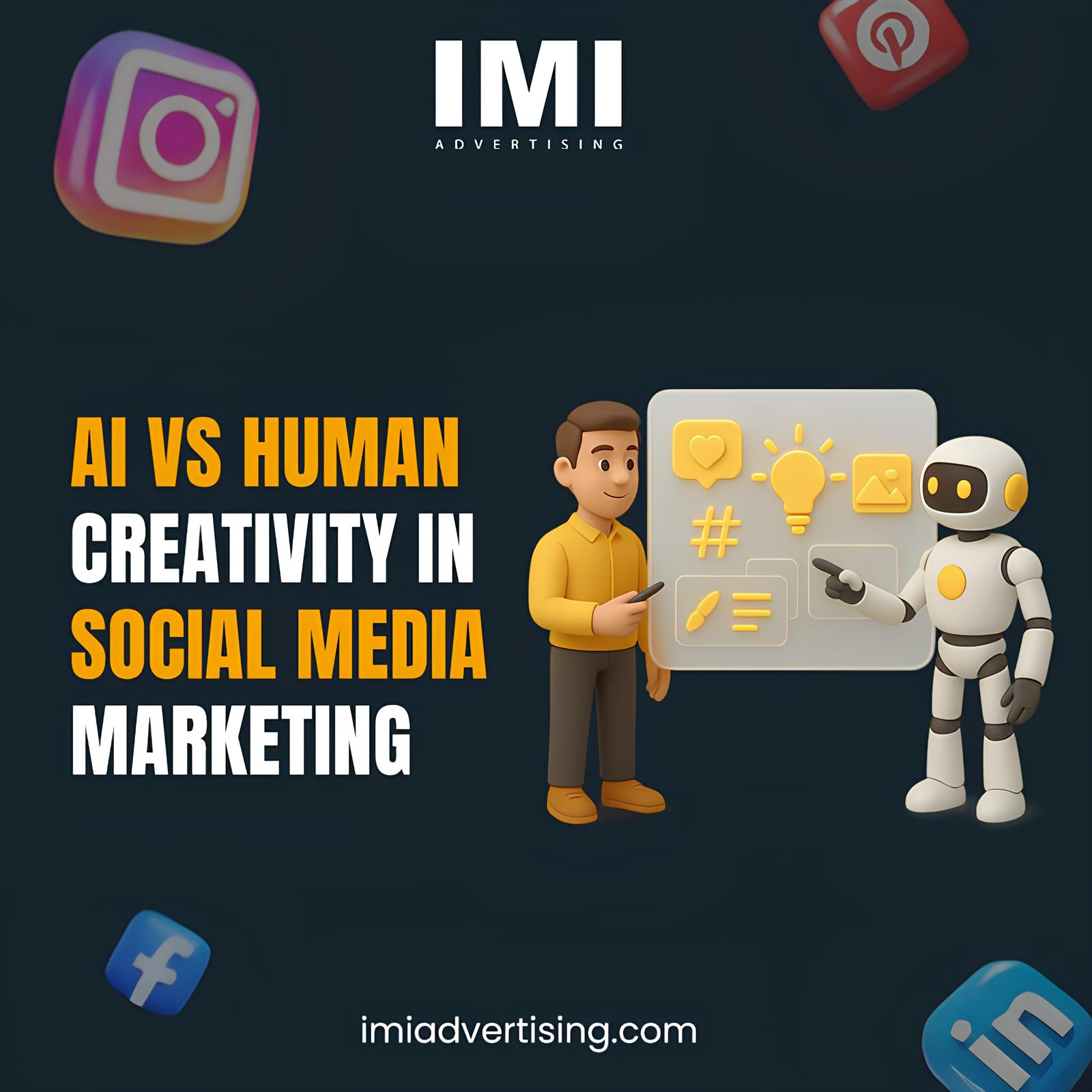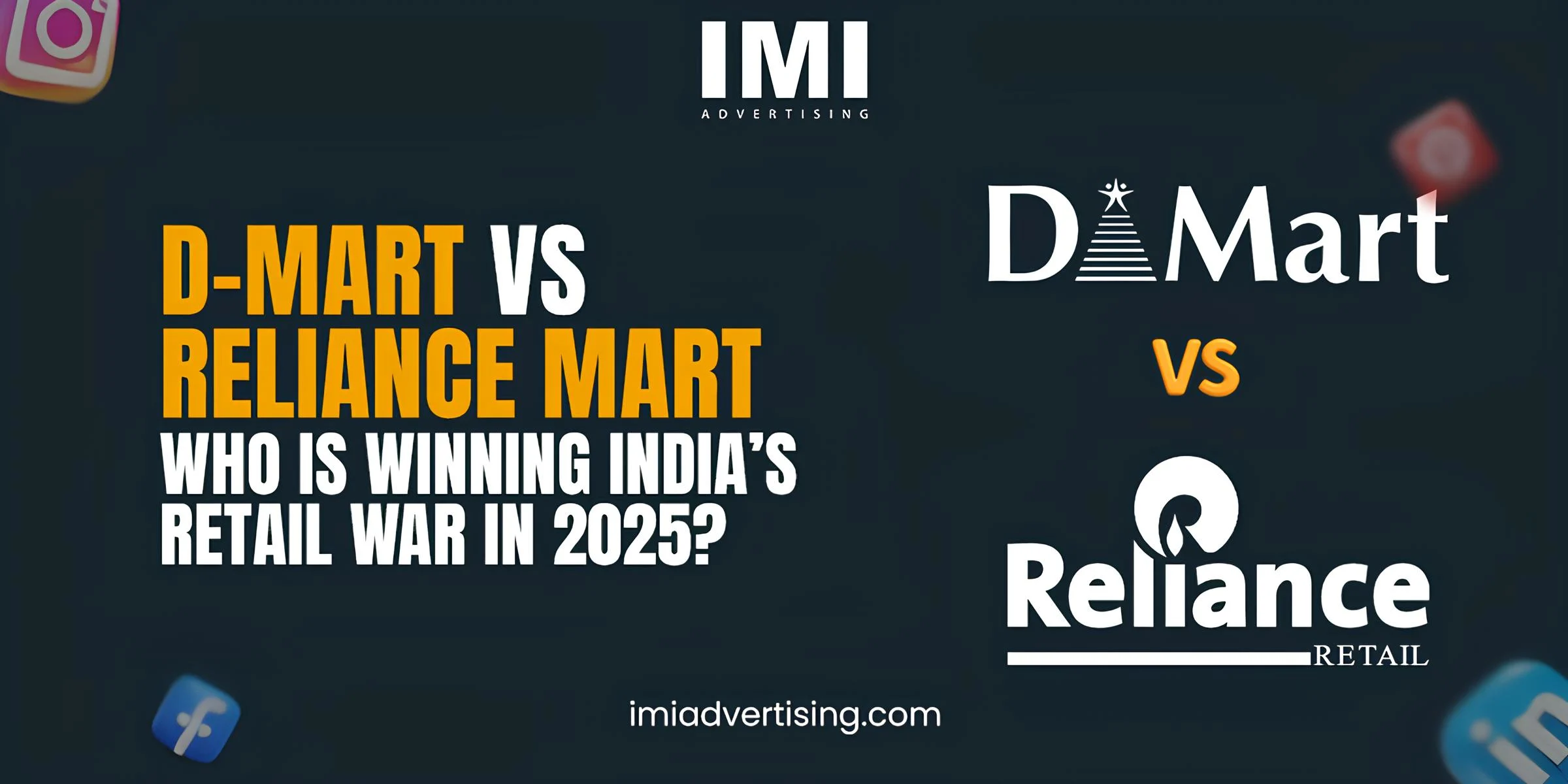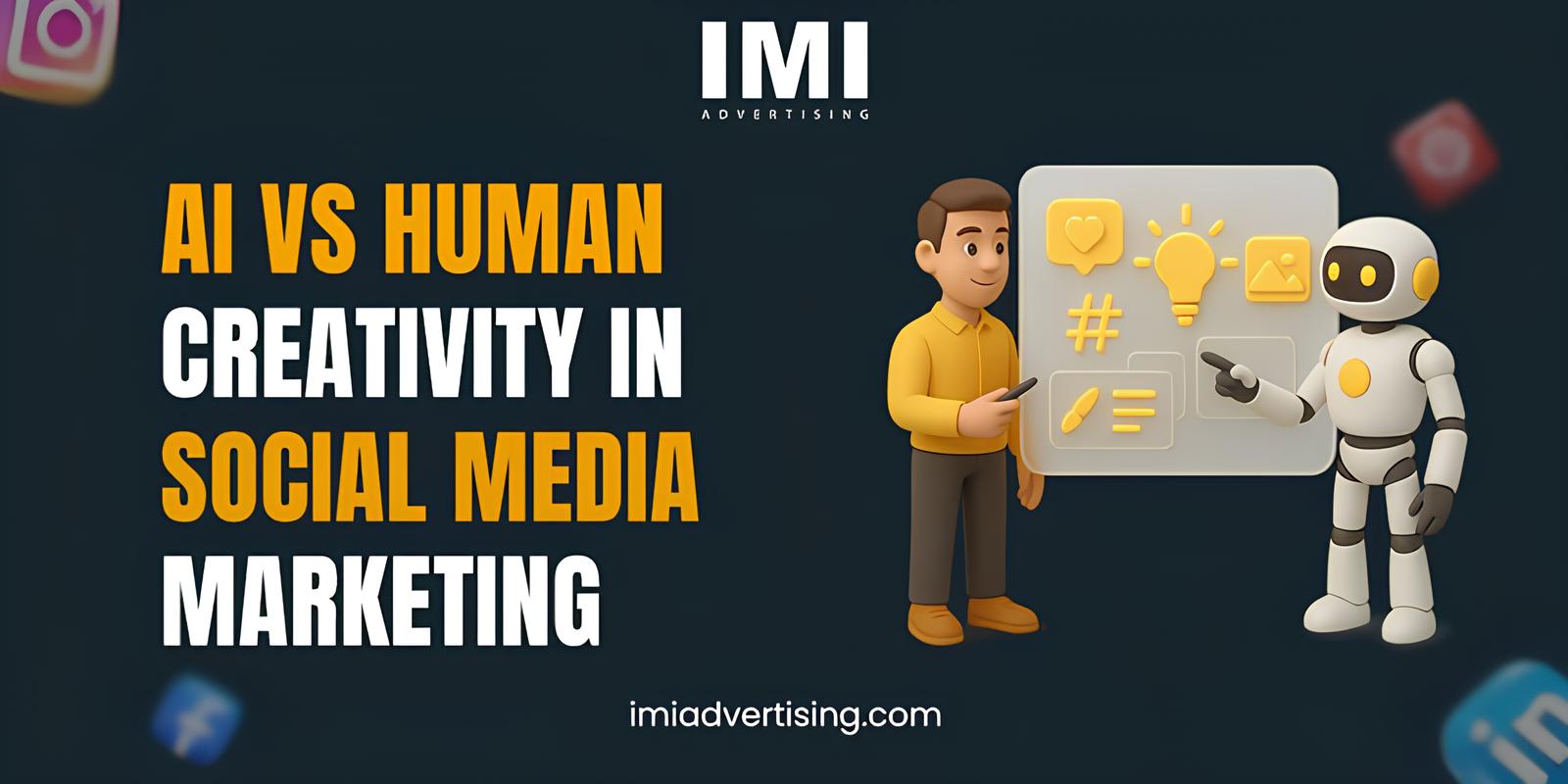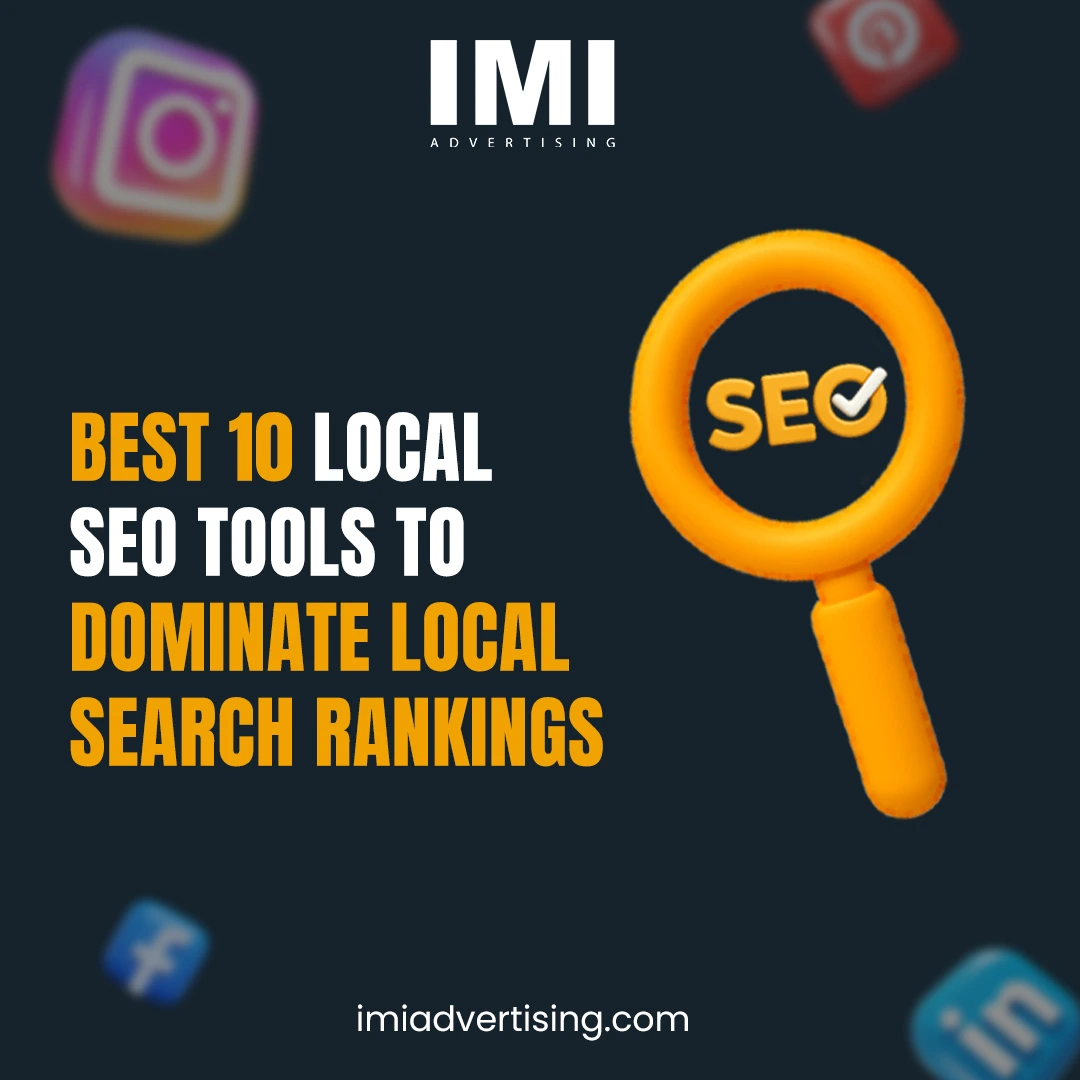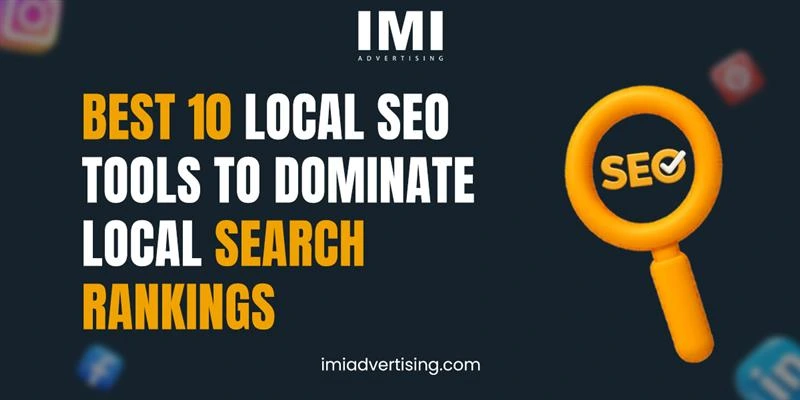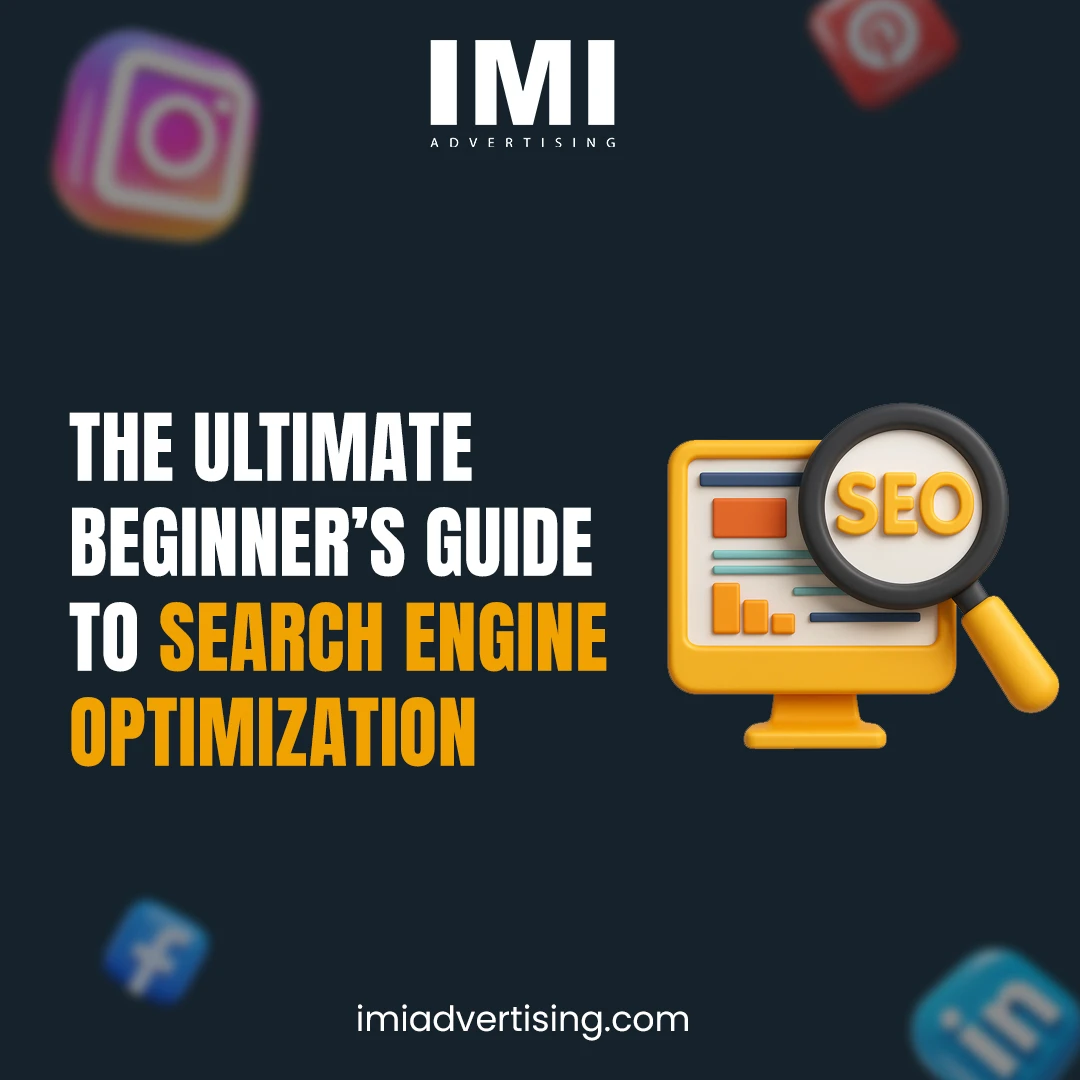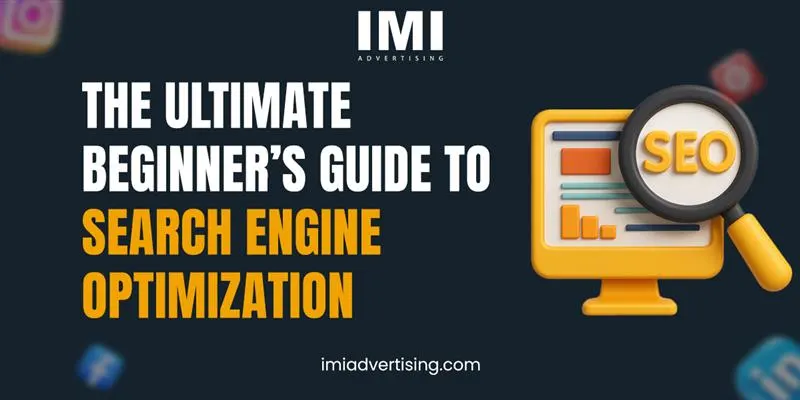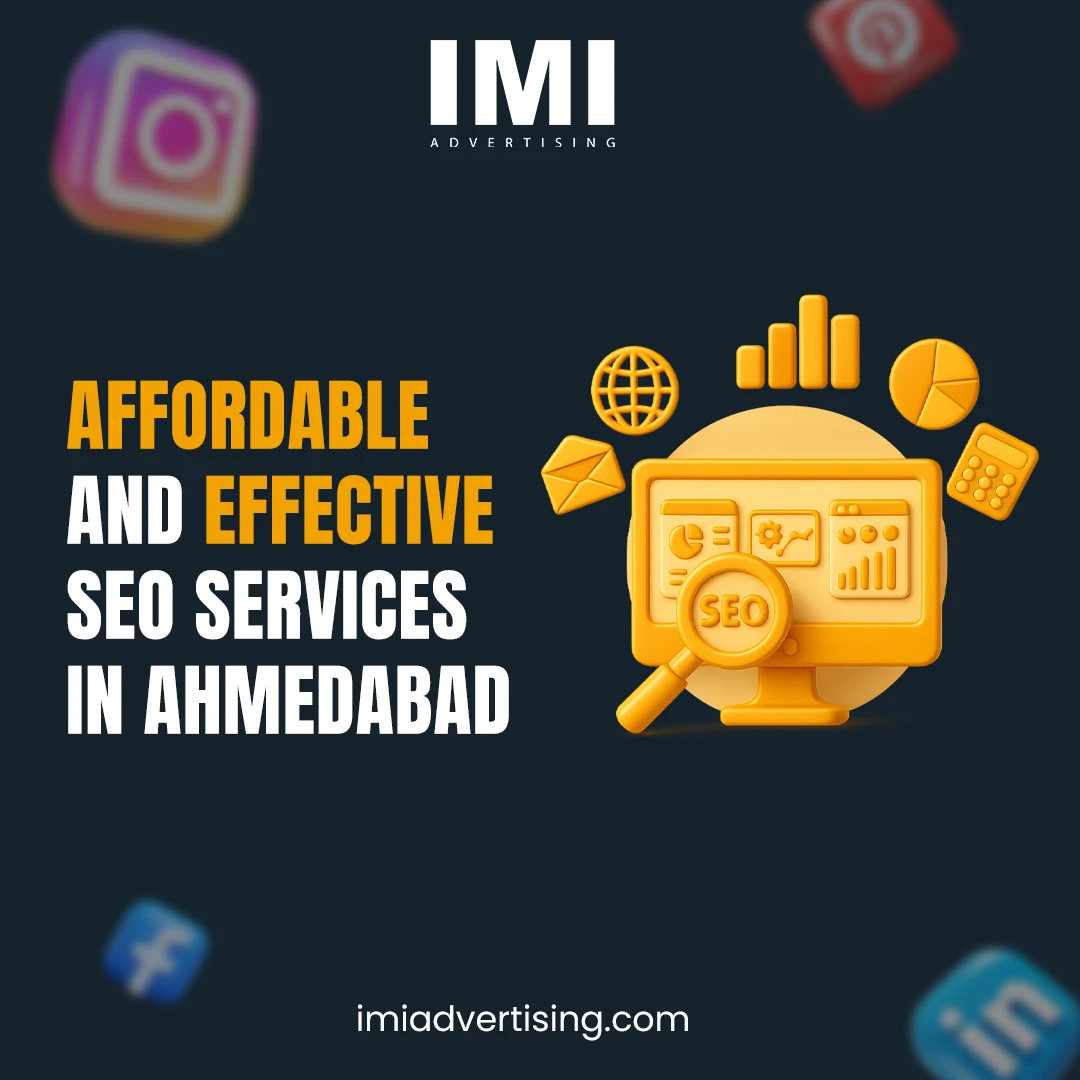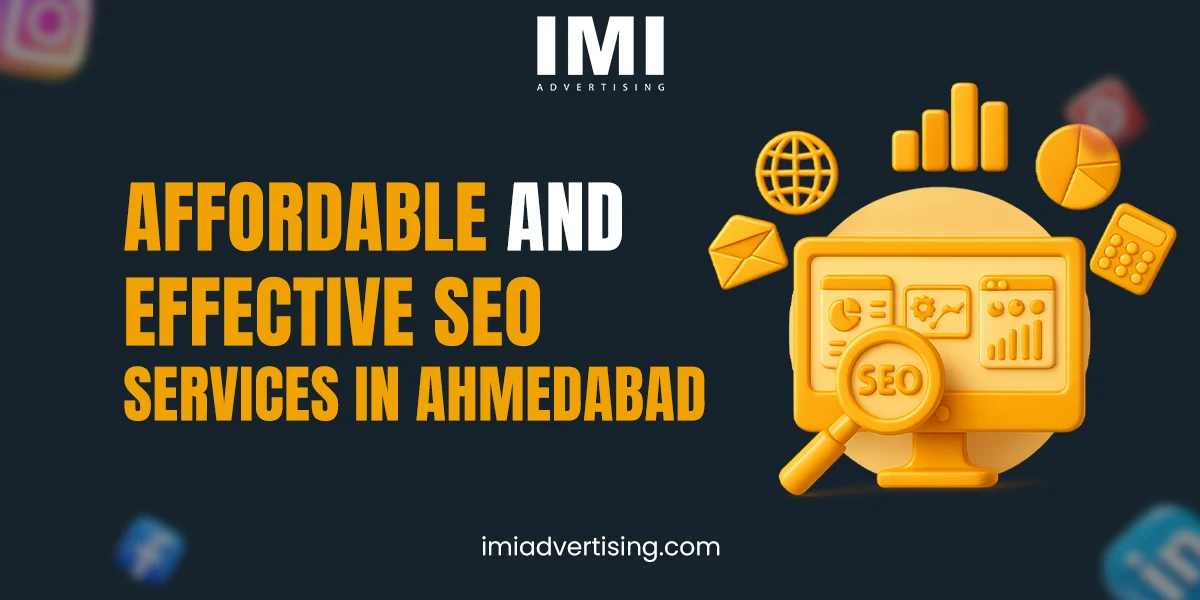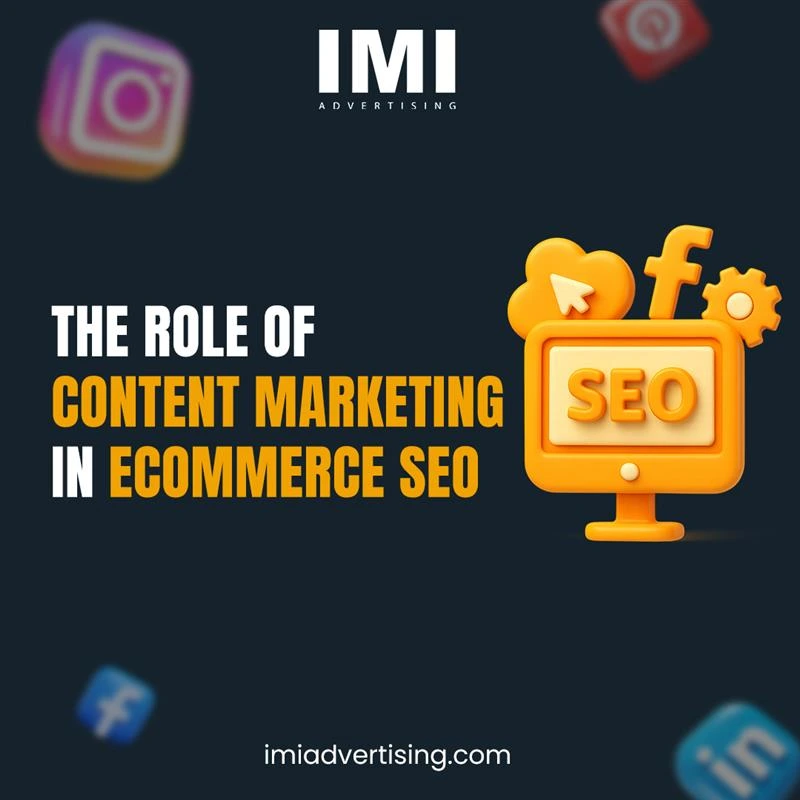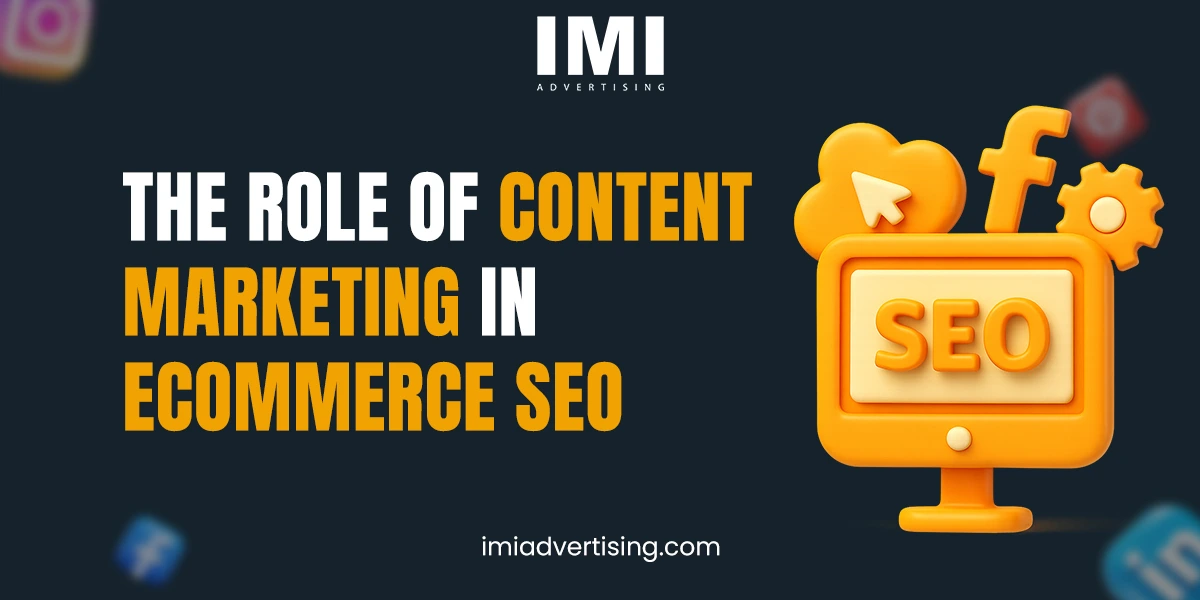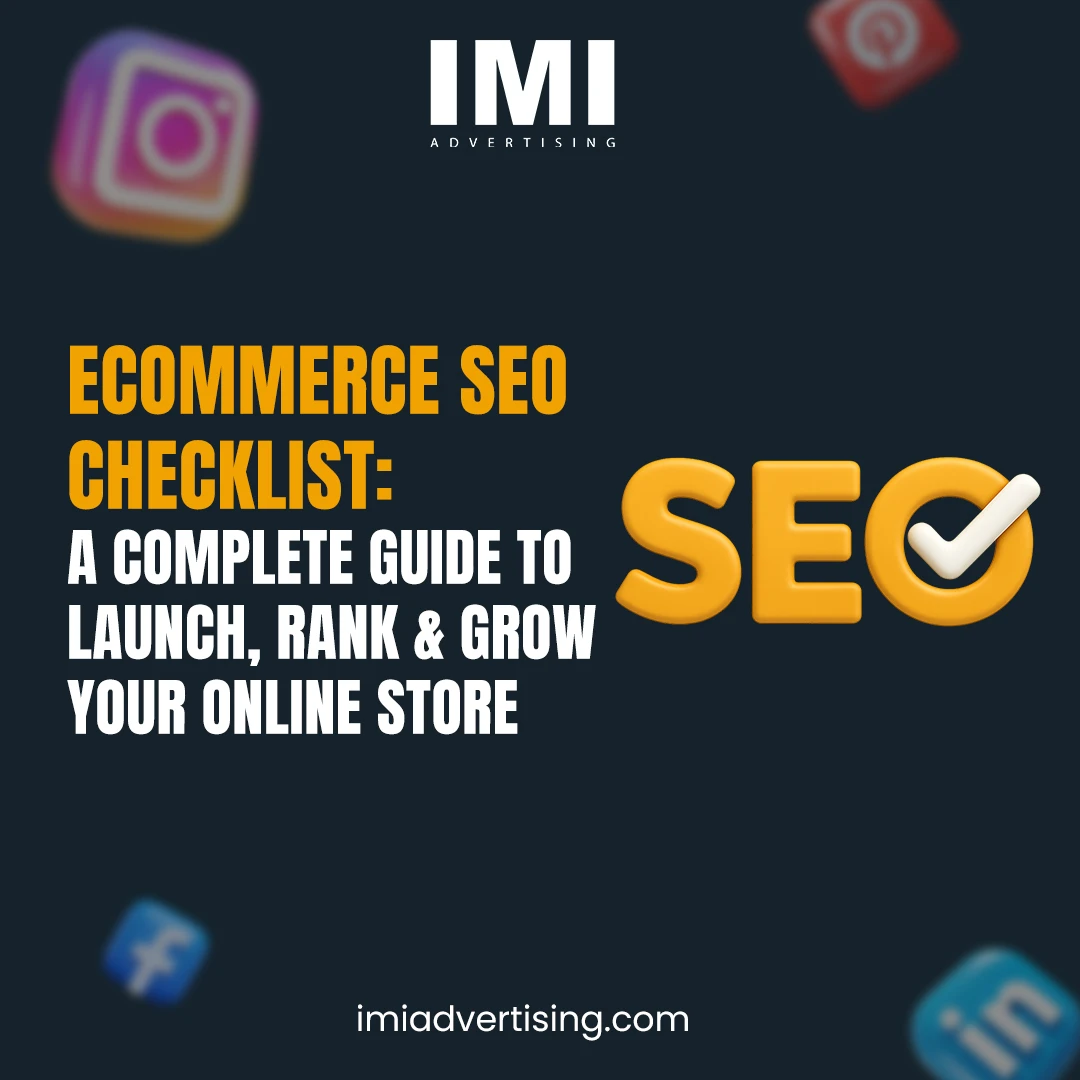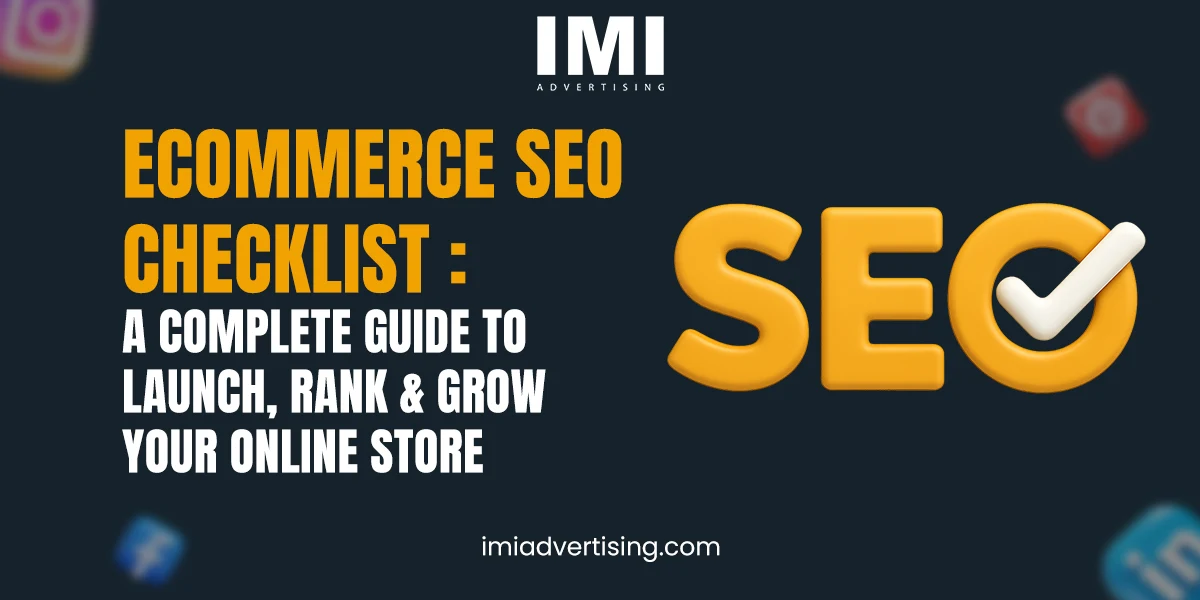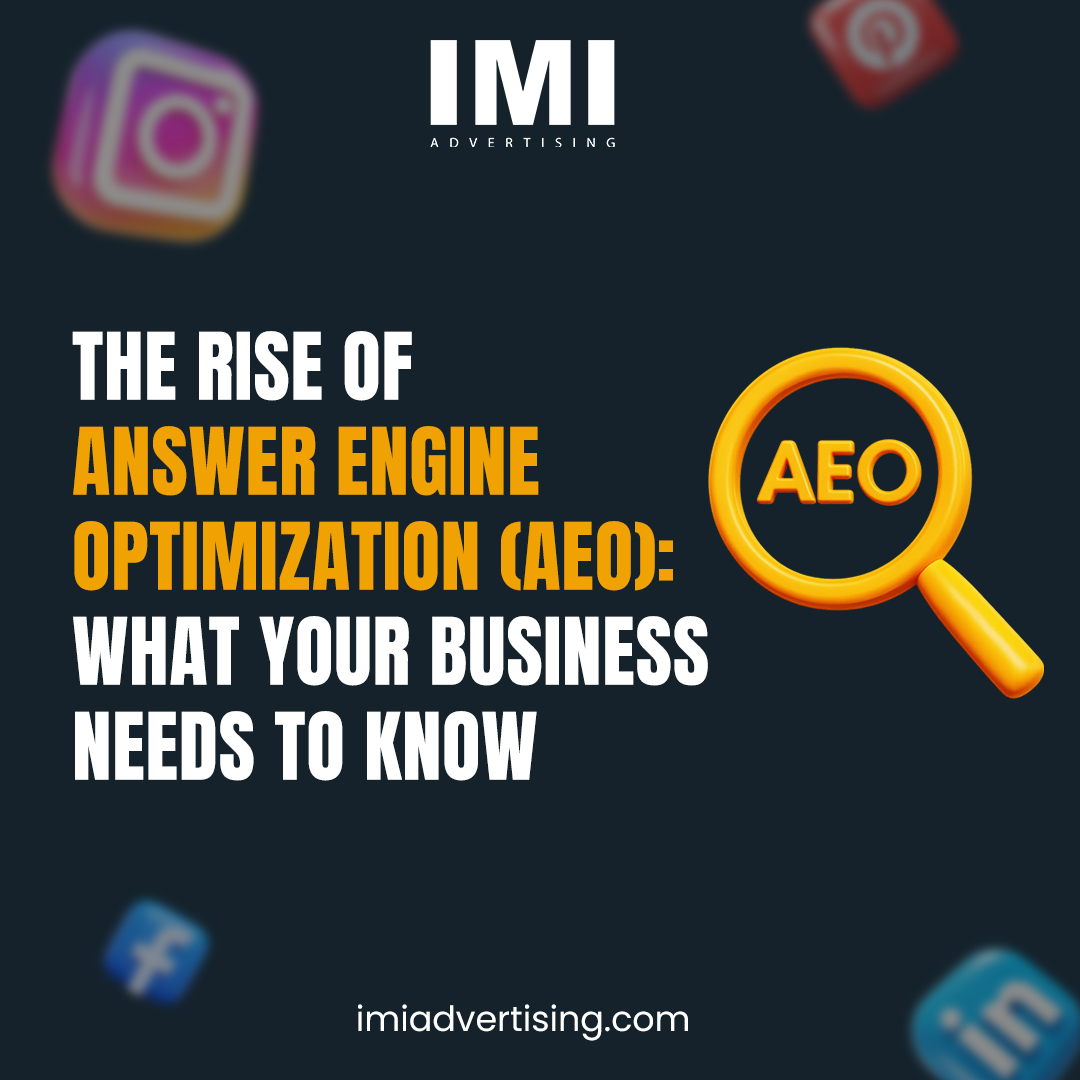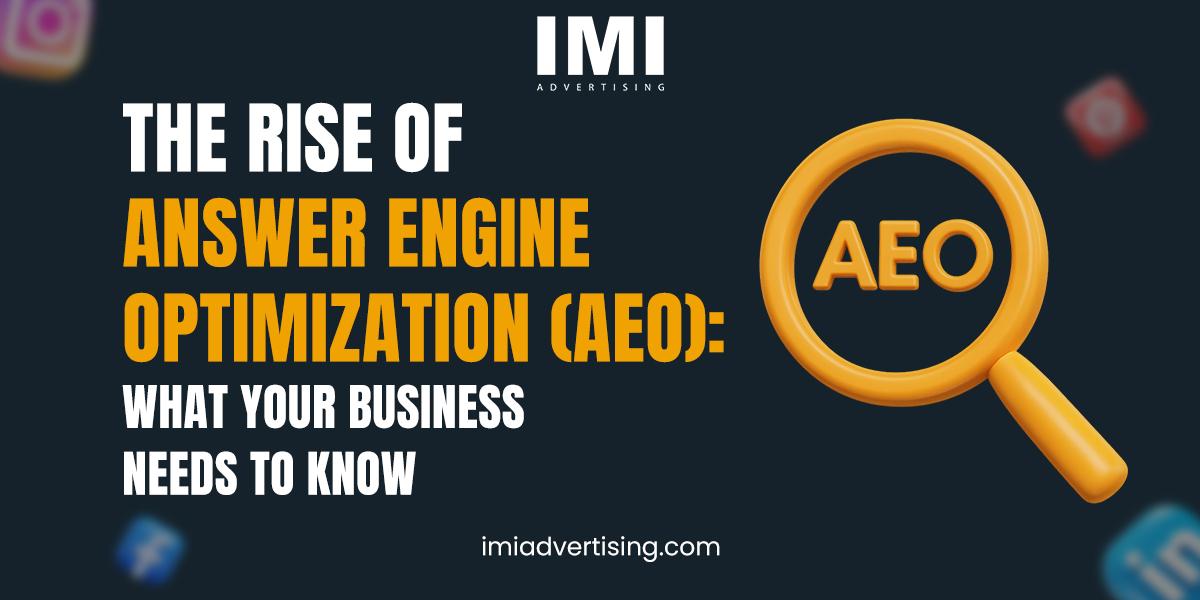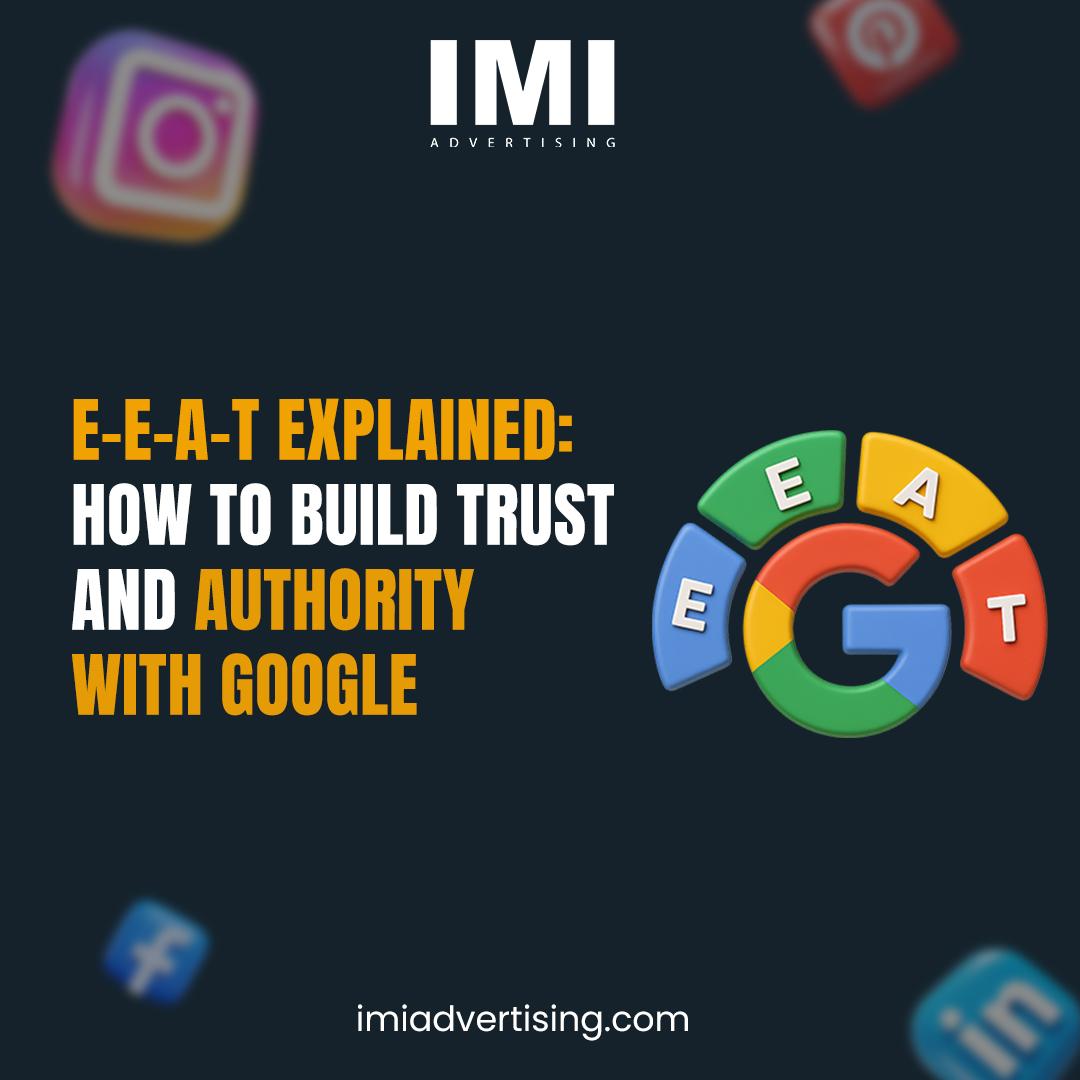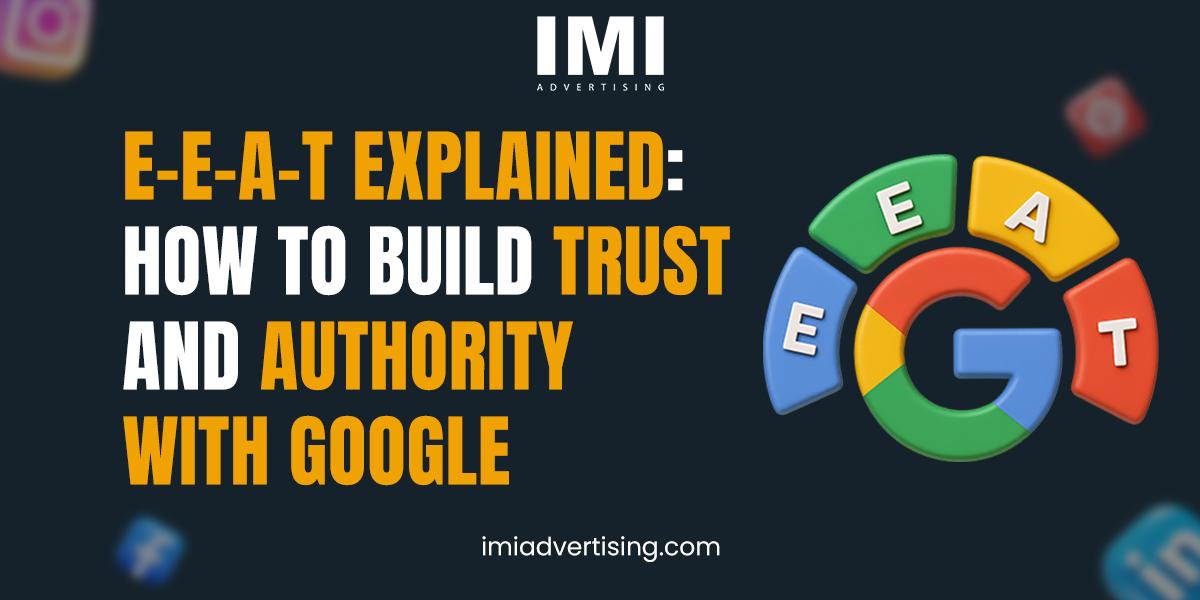7 Ways to Reduce Your Website’s Spam Score
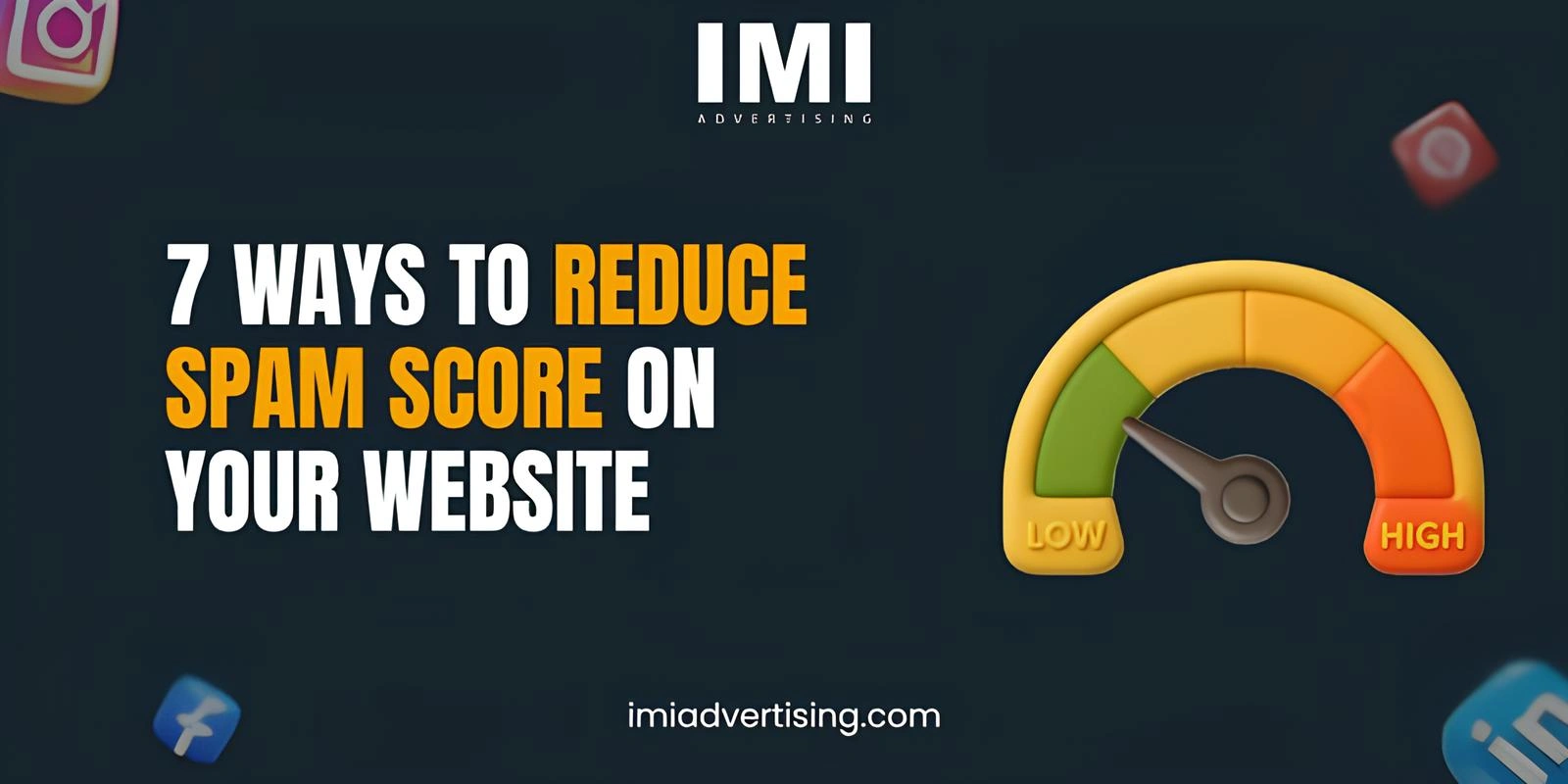
In SEO, keeping your website’s spam score low helps build trust with search engines and improve your rankings. Tools like Moz’s Spam Score check if your site looks low-quality or unsafe. Working with the best SEO company in Ahmedabad can help you keep this score low by using safe SEO methods and regular site checks.
With years of hands-on experience, the team at IMI Advertising approaches this process with both expertise and care. We don’t just check your website, we understand its journey, monitor it regularly, and apply ethical SEO practices that stand the test of time. Our focus is on building a strong, trustworthy digital presence that grows steadily and delivers long-term results you can rely on.
What is Spam Score?
Spam Score is an indicator of your website’s trust and quality in the eyes of search engines. When a site has too many low-quality backlinks or duplicate content, its Spam Score increases, which can lower its ranking on Google.
Why is It Important to have a Low Spam Score?
- Builds Trust with Search Engines:
A low Spam Score shows your website follows clean SEO practices, making it more trustworthy to Google. - Improves Google Ranking:
Search engines prefer reliable sites, so keeping your Spam Score low helps boost your website’s ranking. - Protects from Penalties:
A high spam score can lead to ranking drops or penalties. A low score keeps your site safe and stable. - Enhances Brand Credibility:
A website with a low Spam Score looks more professional and reliable, helping your brand gain user trust and authority.
What increases a website’s spam score?
- Low-Quality Backlinks:
Getting links from spammy or unrelated websites makes your site look unsafe to search engines. - Duplicate or Copied Content:
Using the same content on multiple pages or copying from other sites reduces your site’s originality and trust. - Keyword Stuffing:
Adding too many keywords just to rank higher can make your content look unnatural and spammy. - Unnatural Link Building:
Buying backlinks or joining link exchange networks is a major reason for an increase in Spam Score. - Using Black-Hat SEO Techniques:
Tricks like cloaking, fake redirects, or automated link building can raise your spam score.
Top 5 Tools to Check Your Website’s Spam Score
1. Moz Spam Score Checker
Type: Free (with limits) + Paid (full features)
Moz is the most well‑known tool for spam score checking. It analyzes your domain and gives a percentage‑based spam rating, showing risky backlink patterns and harmful signals.
2. Ahrefs Site Audit / Backlink Checker
Type: Paid (with limited free tools)
Ahrefs doesn’t show a direct “spam score,” but it detects toxic backlinks, suspicious referring domains, and harmful link profiles, helping you identify spammy signals affecting ranking.
3. SEMrush Backlink Audit Tool
Type: Paid
SEMrush provides a “Toxic Score,” which works similarly to a spam score. It identifies harmful backlinks, spammy anchors, and flagged domains and suggests which links should be disavowed.
4. Small SEO Tools – Website Spam Score Checker
Type: Free
A quick, simple tool for basic spam score checking. It gives a percentage rating and general link quality indicators, good for quick checks without a premium subscription.
5. Website SEO Checker
Type: Free (with optional paid features)
Checks spam score, DA/PA, backlinks quality, and overall SEO health. A bundled tool for quick checks of multiple SEO metrics on a single website.
How to Reduce Your Spam Score
Here are seven actionable strategies that are practical, effective, and relevant whether you’re working with an SEO partner like IMI Advertising in Ahmedabad or managing things in-house.
1. Audit and Clean Up Your Backlink Profile
Backlinks are still hugely important, but links from low-quality, spam-ridden sites, link farms, or private blog networks (PBNs) can raise your spam score fast.
What to do:
- Use tools (Moz Link Explorer, Ahrefs, SEMrush) to identify backlinks from suspicious domains.
- Request removal of links from obviously spammy sites; if removal fails, disavow via Google’s Disavow Tool.
- Focus on building diverse, high-quality links from relevant, trusted domains rather than chasing quantity.
2. Avoid Exact-Match Anchor Text & Build Link Diversity
Using the same keyword-rich anchor text repeatedly signals manipulative linking behavior, a red flag for spam detectors.
What to do:
- Mix your anchor text: brand name, plain URL, generic phrases (“click here”, “learn more”).
- Don’t rely on dozens of links from a handful of domains; aim for broader diversity.
3. Create and Maintain High-Quality, Original Content
Thin, duplicate, or auto-generated content is a key trigger for higher spam scores and de-rated sites.
What to do:
- Ensure each page provides value, addresses user needs, and differentiates from other pages.
- Avoid keyword stuffing. Let the topic flow naturally.
Regularly update content so your site appears active and useful.
4. Improve Technical & On-Site SEO Health
Even the best backlinks and content can’t fully compensate for technical issues or poor user experience, which may contribute to a higher spam score.
What to do:
- Make sure your site is mobile-friendly, fast-loading, and uses HTTPS.
- Fix broken links, redirects, canonical issues, and duplicate URLs.
- Review site design: avoid over-ads, intrusive pop-ups, and misleading redirects. These degrade trust.
5. Monitor Your Site’s Reputation & Domain Signals
Your domain’s history, host server, IP address, and network footprint may influence the spam-risk signals.
What to do:
- Check whether your domain has a clean history (no past spam abuse).
- Ensure WHOIS/contact info is published and accurate (shows transparency).
- Use trusted hosting; avoid IP blocks shared with spammy sites.
6. Remove or Manage Low-Quality Outbound Links & User-Generated Spam
Linking out to irrelevant or low-quality sites, or hosting unmanaged spam comments/blog posts, weakens your site’s credibility.
What to do:
- Clean up or remove any outgoing links to dubious domains.
- If your site allows comments or forums, implement moderation or antifraud tools.
- Limit or manage advertising/pop-ups so your user experience remains clean rather than “spammy”.
7. Continuously Monitor, Review & React
Keeping your spam score low isn’t a one-off task; it’s a process. Tools provide signals; you provide the improvement.
What to do:
- Set up regular audits of backlink profile, site health, and content quality.
- Track drops in organic traffic or erratic changes in link patterns; they might signal issues.
- Document link removals/disavowals. Have a plan in place to fix new threats quickly.
Why This Matters, Especially If You’re With a Top SEO Company
When you partner with the best SEO company in Ahmedabad, such as IMI Advertising, you’re investing in visibility, credibility, and trustworthiness. A high spam score undermines all of that: it signals to search engines that your site may be less reliable, which can hamper ranking gains or open you to penalties.
By proactively lowering your spam score, you’re not only protecting your site, but you’re building a foundation for sustainable growth: higher organic visibility, better user trust, and a stronger brand.
In Summary by IMI Advertising – Best SEO Company in Ahmedabad
Think of your spam score as a risk meter showing how safe your site is. Keeping it low with clean backlinks, quality content, and proper SEO ensures long-term success. For businesses in Ahmedabad, working with IMI Advertising helps keep every part of your SEO strategy strong and effective.
FAQs:
Spam Score increases due to bad backlinks, copied content, or keyword stuffing on your website.
Moz Link Explorer is the most popular tool for checking Spam Score, but Ahrefs and SEMrush are also great options.
Yes, duplicate or copied content can increase your Spam Score and reduce Google’s trust in your site.
It can take a few weeks to a few months, depending on how quickly you remove bad links and fix content.
Keep your backlinks clean, publish original content, and work with experts like IMI Advertising, the best SEO company in Ahmedabad, to maintain a low Spam Score and strong SEO health.
Get in touch with us for
Digital Marketing Services
09313100658
Available From 09:30 – 06:30
Email: support@imiadvertising.com



